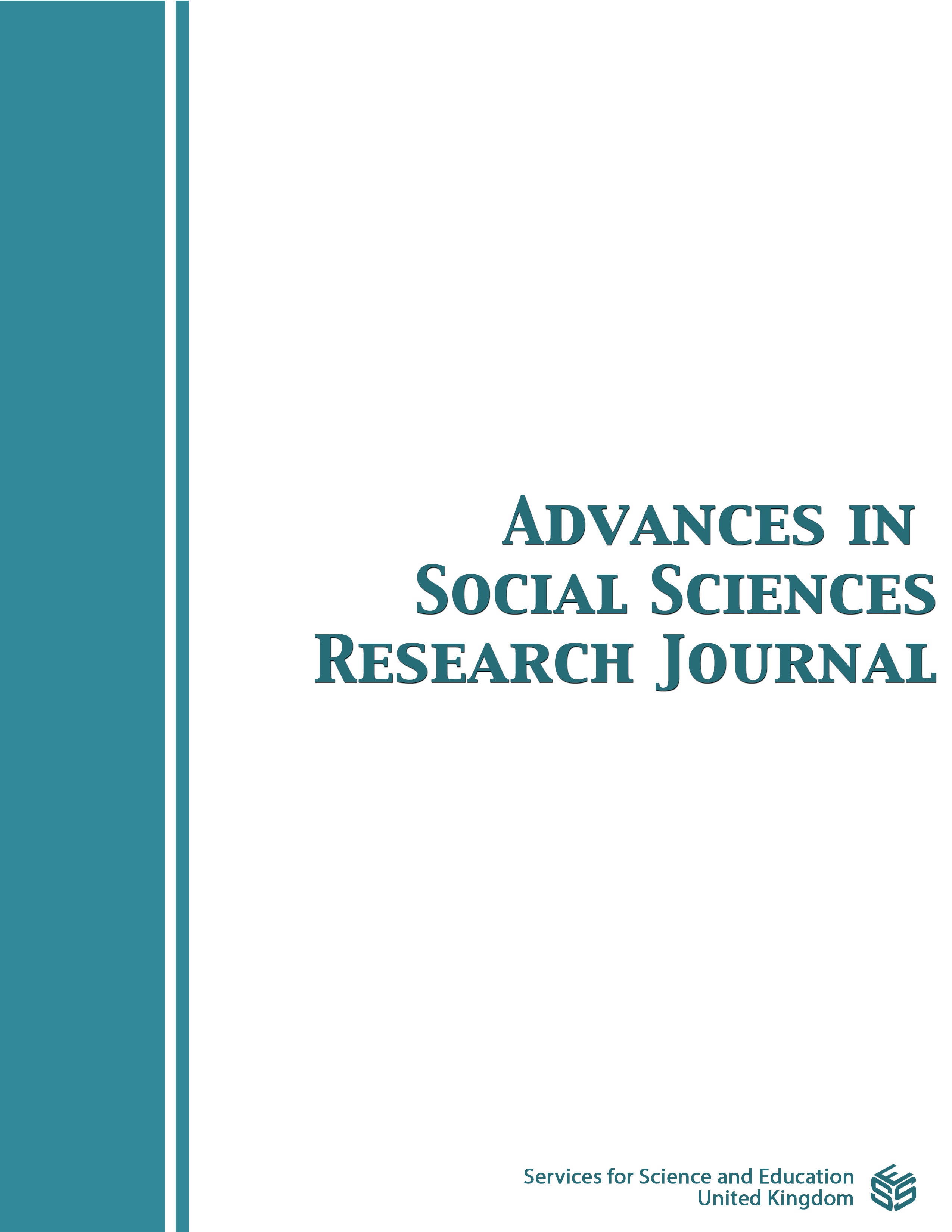Contruction of Wawasan Nusantara as a Means of Filtering Foreign Cultures in The Border Areas of Jayapura, Indonesia
DOI:
https://doi.org/10.14738/assrj.103.14179Keywords:
Wawasan Nusantara, border area, foreign culture, local intelligence, human communicationAbstract
Instead of foreign culture enriching the way of life and perspective of local people, its existence has actually weakened the position of local culture. The position of foreign culture is no longer side by side with local culture, but its "beats". Here, local existence is not higher than foreign culture. As a counter to such a massive expansion of foreign culture, Indonesia actually has a Wawasan Nusantara which is a view that every Indonesian must have it as a pride for their own nation. It also meas a way for Indonesia to see itself (geographically) as a unified whole from the aspects of ideology, politics, economy, socio-culture, security, and defense. Referring to it, this study seeks to analyze the construction of Wawasan Nusantara in the border areas to filter foreign cultural exposure, especially by using a human communication approach. During the research period, the values of Wawasan Nusantara were communicated to the border communities to further see what the community was doing. The data was then collected using a mixed method, namely quantitative and qualitative methods that reinforce each other. The results showed that the implementation of the Wawasan Nusantara had an effect in filtering foreign cultural exposure in the border area between Indonesia and Papua New Guinea, namely Skouw in Jayapura. Therefore, Wawasan Nusantara can be a solution for managing the exposure to foreign cultures in general. The strategy that can be implemented is strengthening local intelligence to increase public awareness of the dangers posed by destructive foreign cultures and the importance of tightening security in Indonesia's border areas.
Downloads
Published
How to Cite
Issue
Section
License
Copyright (c) 2023 Ririt Yuniar, Arkan Syafera, Ade Yamin, Mashadi Said

This work is licensed under a Creative Commons Attribution 4.0 International License.
Authors wishing to include figures, tables, or text passages that have already been published elsewhere are required to obtain permission from the copyright owner(s) for both the print and online format and to include evidence that such permission has been granted when submitting their papers. Any material received without such evidence will be assumed to originate from the authors.






